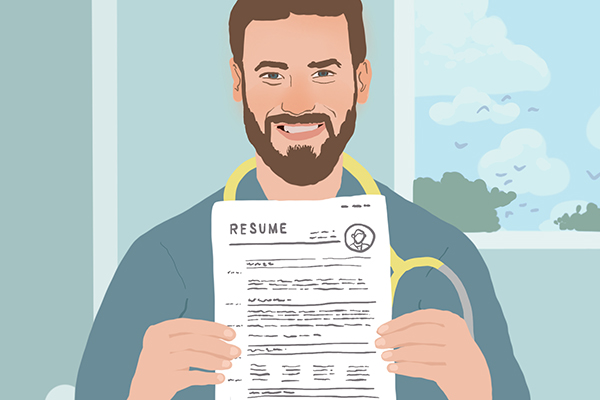Feature
Becoming a Charge Nurse
Practical steps for moving into a leadership role

if you become a nurse and do a decent job, you’ll soon find yourself promoted — often without even applying for a new position. In many cases, the change doesn’t include a pay increase, a bonus or even a box of gourmet donuts (I love those!), just a new title: charge nurse.
Some nurses relish the new title and added responsibility, but I never did. When I started on my journey to becoming a nurse, I expected that my patients would be my sole priority. Leadership and management weren’t part of the plan — or of my training as a nurse.
Moreover, on many occasions, the nurses I’ve been in charge of didn’t feel that anyone needed to manage them. Many were older than I, more confident than I or both. They saw no good reason they should defer to me. Sometimes, I didn’t either! However, when management ordains you as charge nurse and puts that responsibility on your head, you have to sit up straight and get your act together or risk falling behind.
Protocols for Leadership
In leadership situations, as with so many other aspects of the nursing profession, having a clear set of established guidelines in place is essential, especially in unfamiliar, high-stress situations. Here are the rules I fall back on when I’m placed in charge of other healthcare professionals, whether they’re nurses, nurse aides, techs or medical assistants.











